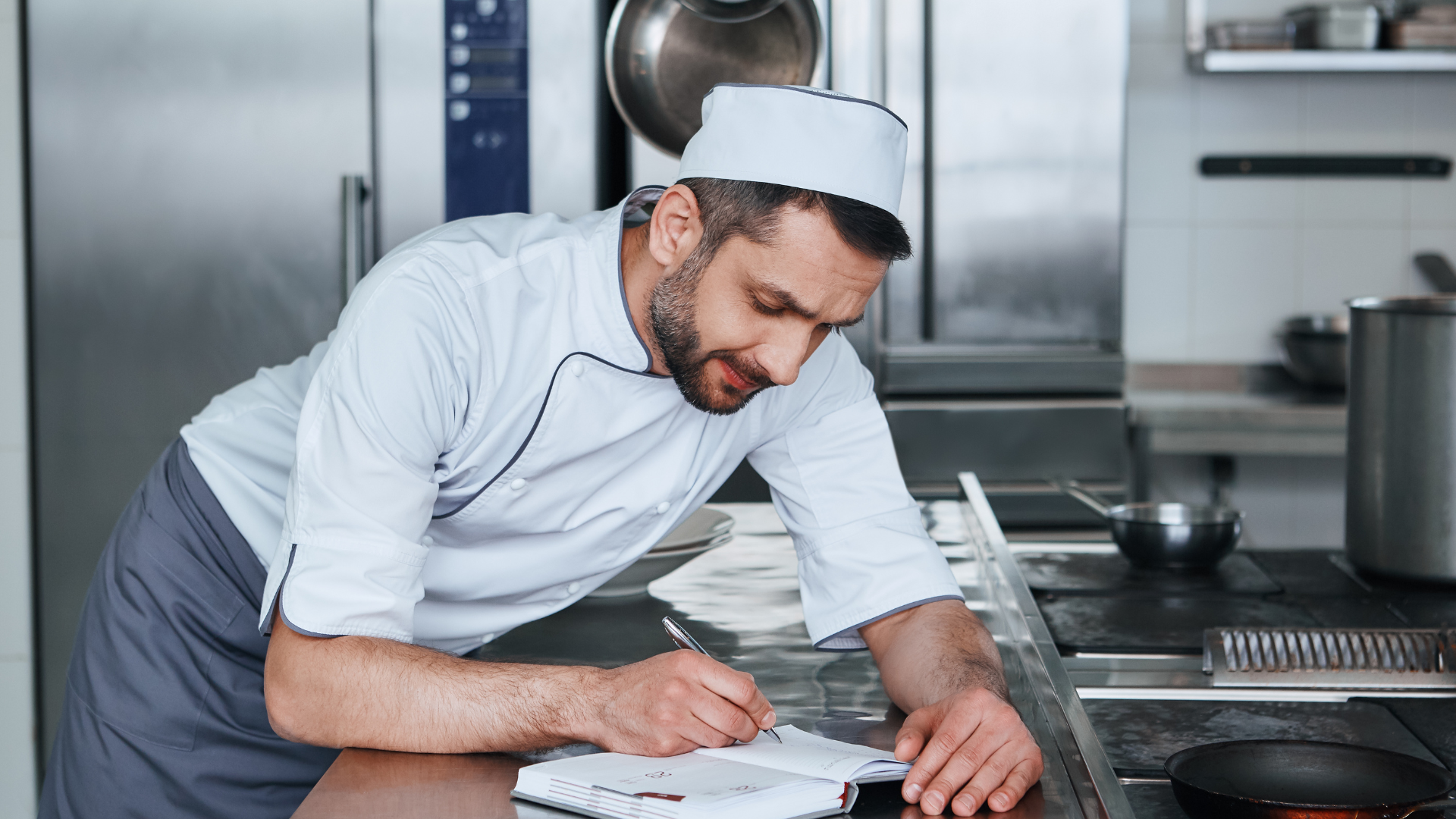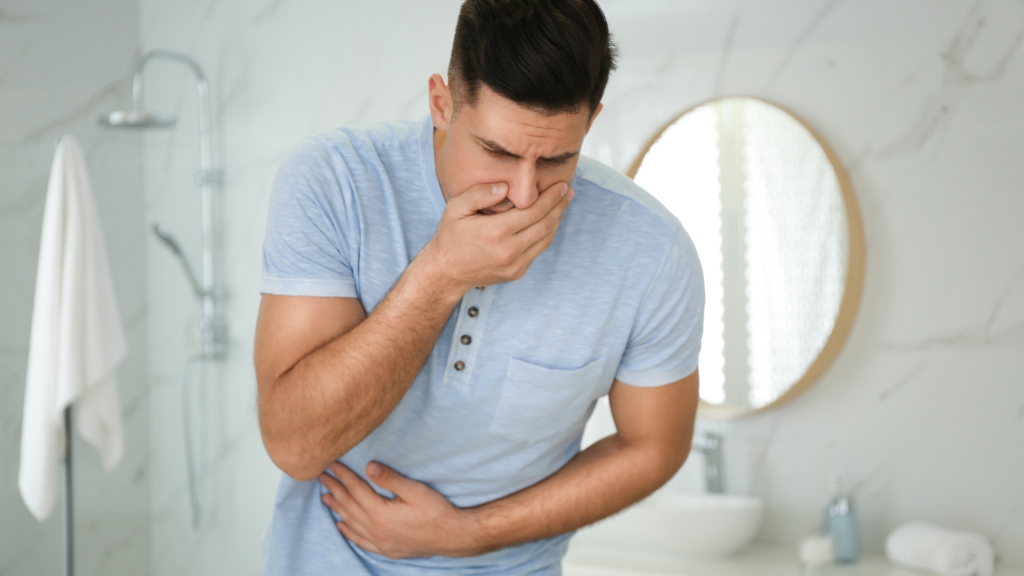If you are someone who has ever had food poisoning, then you know just what it can feel like and how badly you wish for the days you were not sick. Whilst food poisoning is a horrible experience to go through, people still take risks with their food safety and will not think of the ramifications of eating something that may have been out of the fridge too long, or has not been stored correctly.
There are potentially hazardous foods everywhere, and the dangers of cross contamination and bacterial growth can be high depending on how they are handled. In this article, we will discuss just what are high risk foods and the food poisoning bacteria that thrive within them. It is important to know what to look out for and understand the serious consequences of not storing high risk foods correctly.

High Risk Foods
If you are not familiar with high risk foods then now is the time to get properly acquainted so you can keep a list of what they are and how you can avoid breeding harmful bacteria inside them. The list below goes over what some of the risky foods are, and as you can deduce, ready to eat foods are on this list, so bear that in mind when thinking of food safety.
- Cooked meat products
- Pate, stews, and gravies
- Smoked salmon
- Milk, cream-based products e.g. ice cream, cheesecake, etc., as well as unpasteurised milk
- Eggs – any type of food made with raw eggs (mayonnaise)
- Cooked rice and pasta
- Seafood and cooked prawns
- Meat pies
As you can see, there is more than likely something on that list that you eat frequently, which means that you are always at risk of eating something that could cause food poisoning. This list doesn’t include raw meat products like raw chicken as they are not eaten as they are, they, of course, need to be cooked to the optimal temperature first, and if not they can then cause food poisoning.
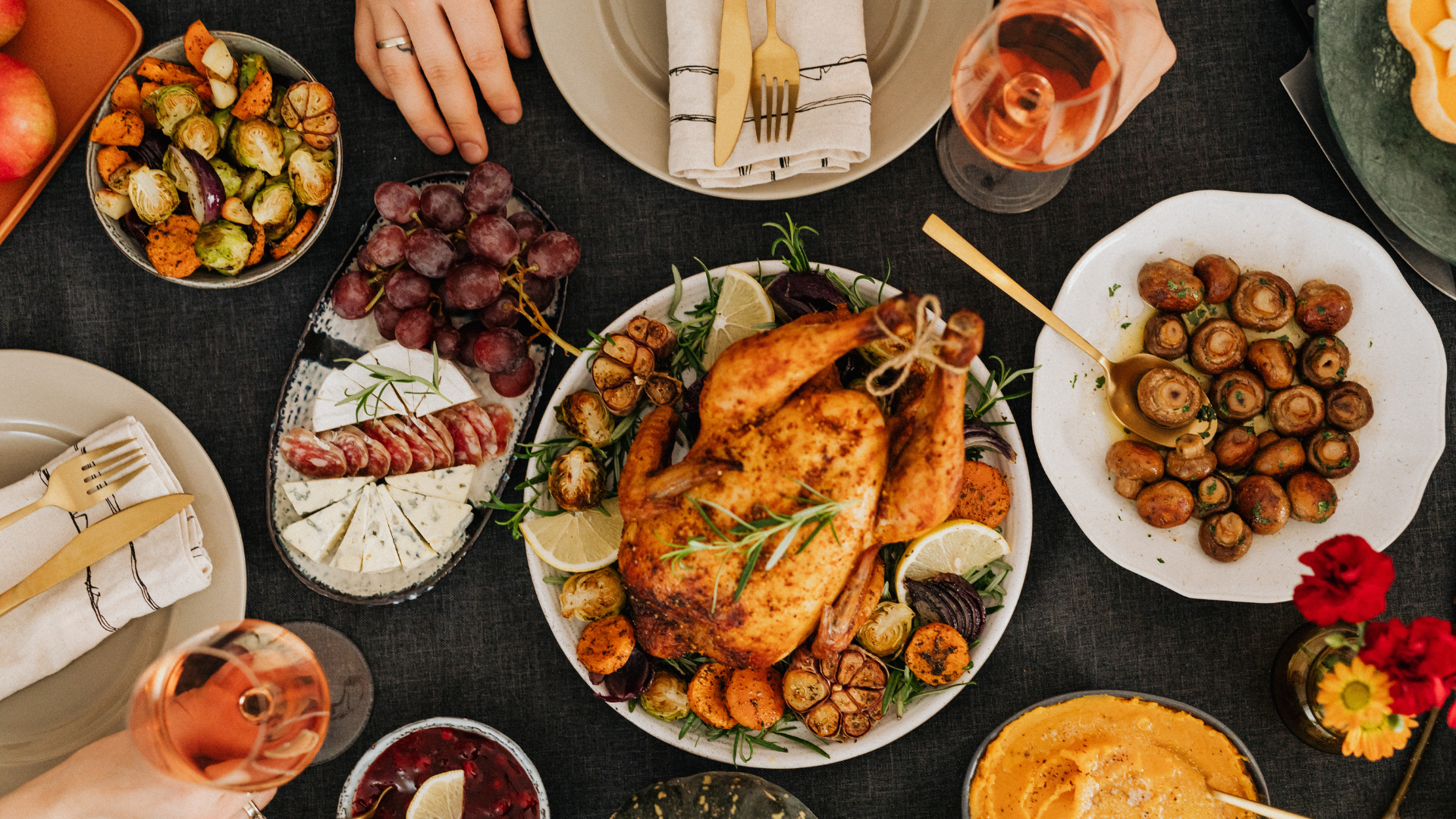
Why Are They Classed As High Risk Foods?
With raw and cooked foods, there is always a risk of bacterial growth. Moisture mixed with food makes a great breeding ground for a high-risk food to fill with dangerous bacterial parasites. At home, precautions can be taken to ensure that the ingredients added to the food are safe and bacteria-free. However, this cannot be ensured in the case of outdoor eating. Moreover, it is more likely to get food poisoning by eating outside food as compared to the consumption of home-cooked meals. If you find yourself with any of the below mentioned issues caused by the negligence of a restaurant or eatery, you can contact food poisoning lawyers (available on https://www.warforindy.com/ or similar sites) to help make a compensation claim. This is because restaurants must serve fresh and noncontaminated food to their customers, and a break in that can be punishable by law.
What Harmful Bacteria Thrive in These Foods?
For someone to get very sick from the food they eat, bacteria need to have been introduced and contaminated the food. There are different types of bacteria for these high-risk foods, so it is essential to know what they are and what foods they can contaminate.
Salmonella bacteria
Salmonella will infect food that has been undercooked or has been contaminated. This is quite a common food poisoning bacteria, and it will thrive in cooked meats that have not been thoroughly cooked. The smallest amount can cause illness, and it will affect people in different ways.
Listeria Bacteria
Raw milk and processed meats are the culprits here. It is classed as quite a significant risk as this type of bacteria can still thrive in cold temperatures, e.g. a fridge. E.coli can also be found in raw milk due to the fact that it is unpasteurised. It is essential that all food products, such as processed meats, are cooked properly before serving.
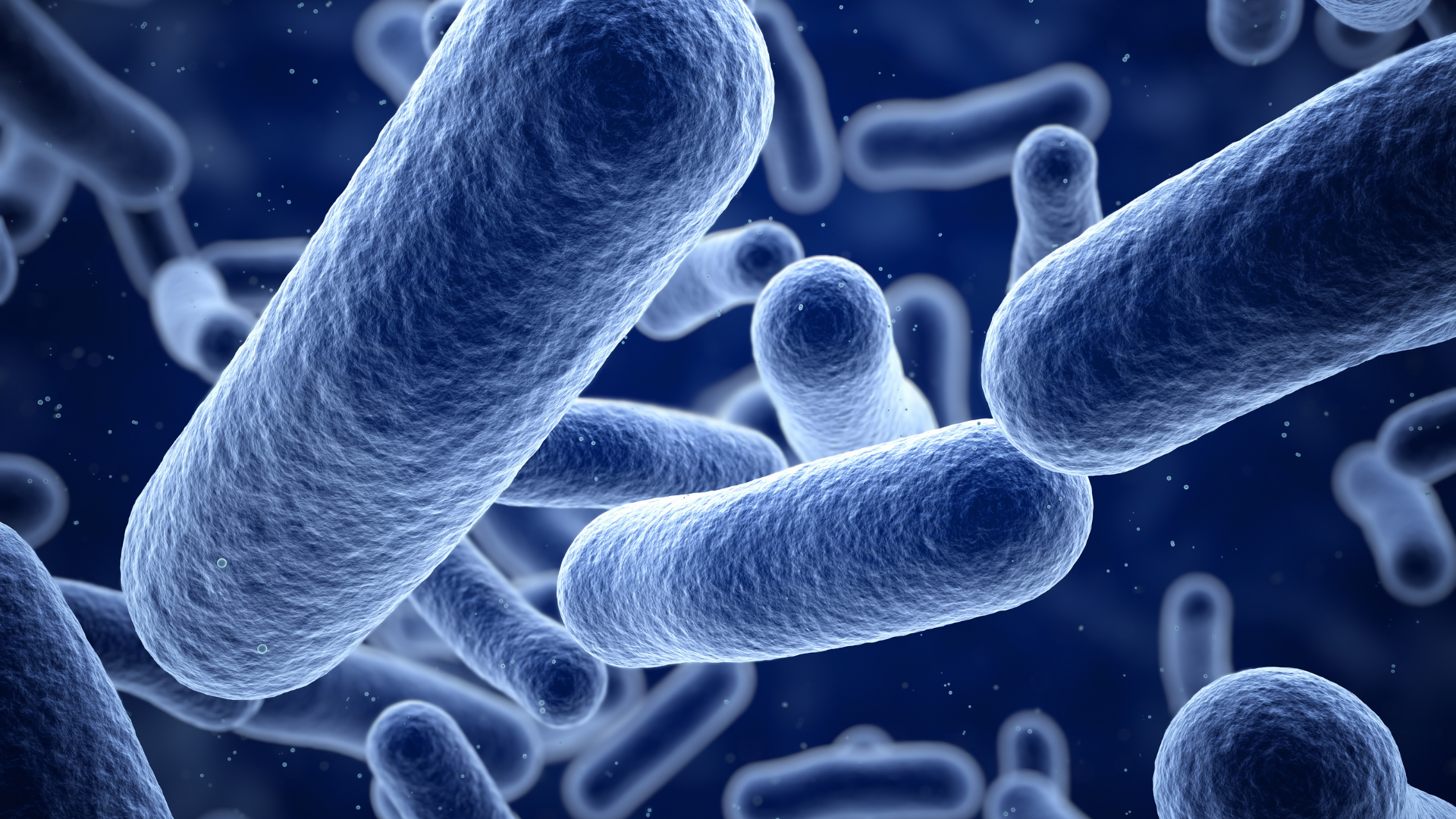
Lactobacillus
When present in high-risk foods, Lactobacillus can contribute to food spoilage and lead to foodborne illnesses if not handled properly. Contamination can occur during food processing or through improper storage conditions, allowing Lactobacillus to multiply rapidly and produce harmful substances. It can also lead to tooth decay and if proper oral hygiene is not maintained, can invite other bacteria to fester in the mouth through food substances. The best way to combat this organism is to regularly check up with dental hygiene spirit lake iowa professionals, or similar medical experts near you, on how your oral health should be best managed to keep this bacterium at bay.
Bacillus Cereus
Uncooked rice can be infected with this type of bacteria, and even the cooking process can cause this type of bacteria to multiply, so when cooked rice has cooled down, it has to go into the fridge which will stop the bacteria from growing even more. Normally cooked rice can be kept in the fridge for 3-4 days, so it is important to not exceed that timeframe.
Clostridium Perfringens Bacteria
This food poisoning causes around one million illnesses per year and is found in meals that are cooked in large quantities and then kept warm before being served. It can grow without oxygen as it is spore-forming. Meat and poultry dishes, as well as gravy and soups, can hold this bacteria.
Companies that serve this type of contaminated food put huge numbers of people at risk, which is why they should be sticking to food standards agency legislation to avoid dangerous bacteria from forming. All work surfaces and chopping boards where raw foods are prepared have to be scrupulously cleaned to avoid cross contamination. It is just common sense.
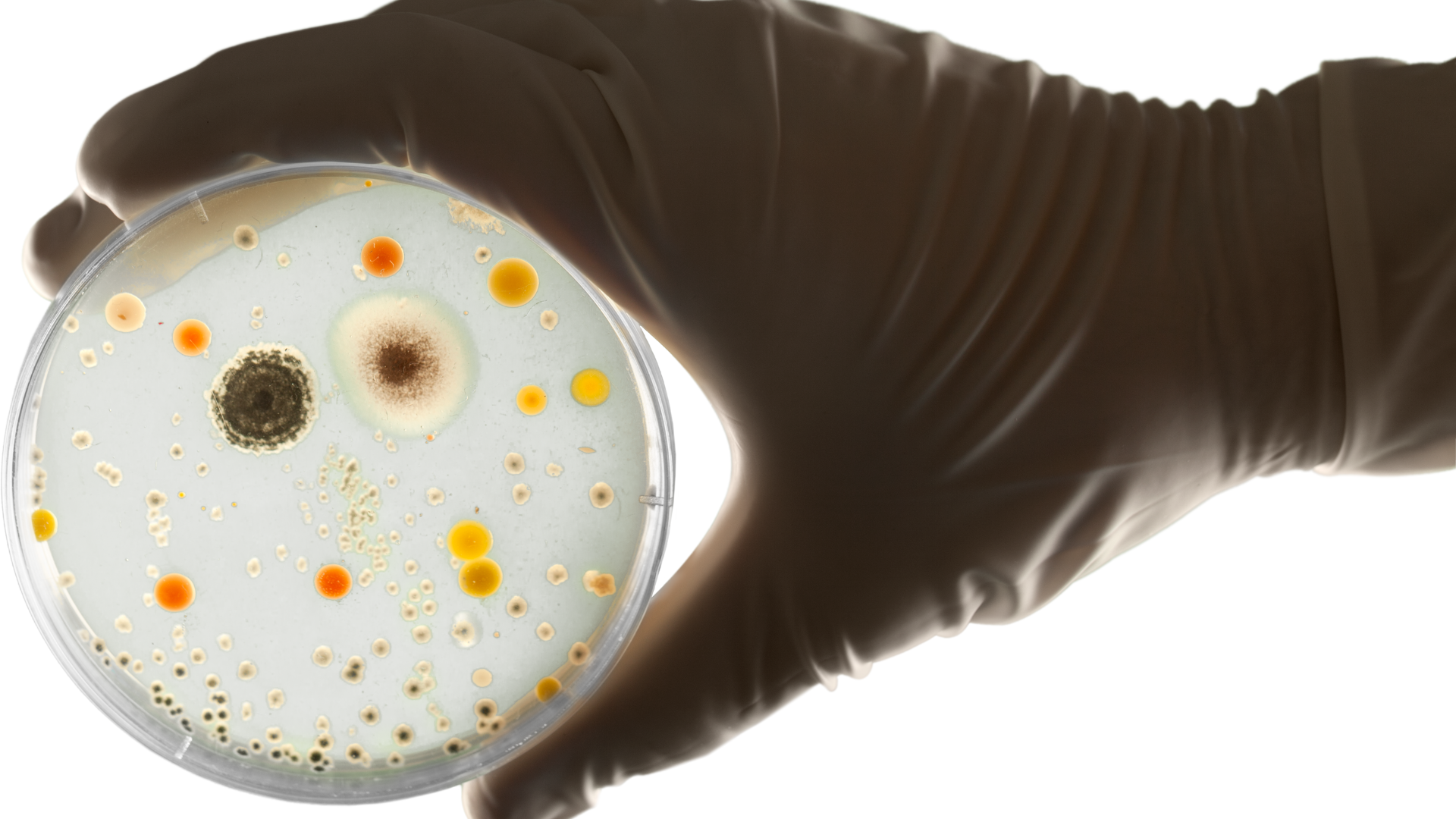
What People Are At Risk Of These High Risk Foods?
Our immune systems are wonderful things, they can keep us healthy and ward off bad bacteria from these high risk foods, however, not everyone is so lucky, and extra care must be had to adhere to food safety protocols and food hygiene procedures.
Pregnant women, children, the elderly, and those who have a weakened immune system or a condition that leaves them open to infection, are at high risk for food poisoning. High risk foods can cause fatalities if they are not handled properly. Contaminated water can also cause food poisoning, and if food is washed in any contaminated water then there is a higher chance of infection.

How To Store & Handle Them
Raw meats must not be kept near cooked meat, and storage of these foods must be separate too, potentially with colour-coded tubs and different shelves in the fridge and freezer. So cooked sliced meats should be away from any raw food in a sealed and secure tub, and dairy products should have their own section with lids firmly on them.
It is also important to wash hands before and after preparing food, even if you are not touching them, just to prevent contamination of any kind. Check your food regularly and keep refrigerated produce in the fridge until they are needed, do not let them sit out on the side in the kitchen for an extended period, as it gives bacteria time to grow.
Keep your fridge below 5 degrees and make sure that your freezer is at -18 degrees unless you need to thaw an item of food for cooking. Then you’ll need to put it into the fridge to defrost, do not leave it out on the side, as the temperature in the room can fluctuate.
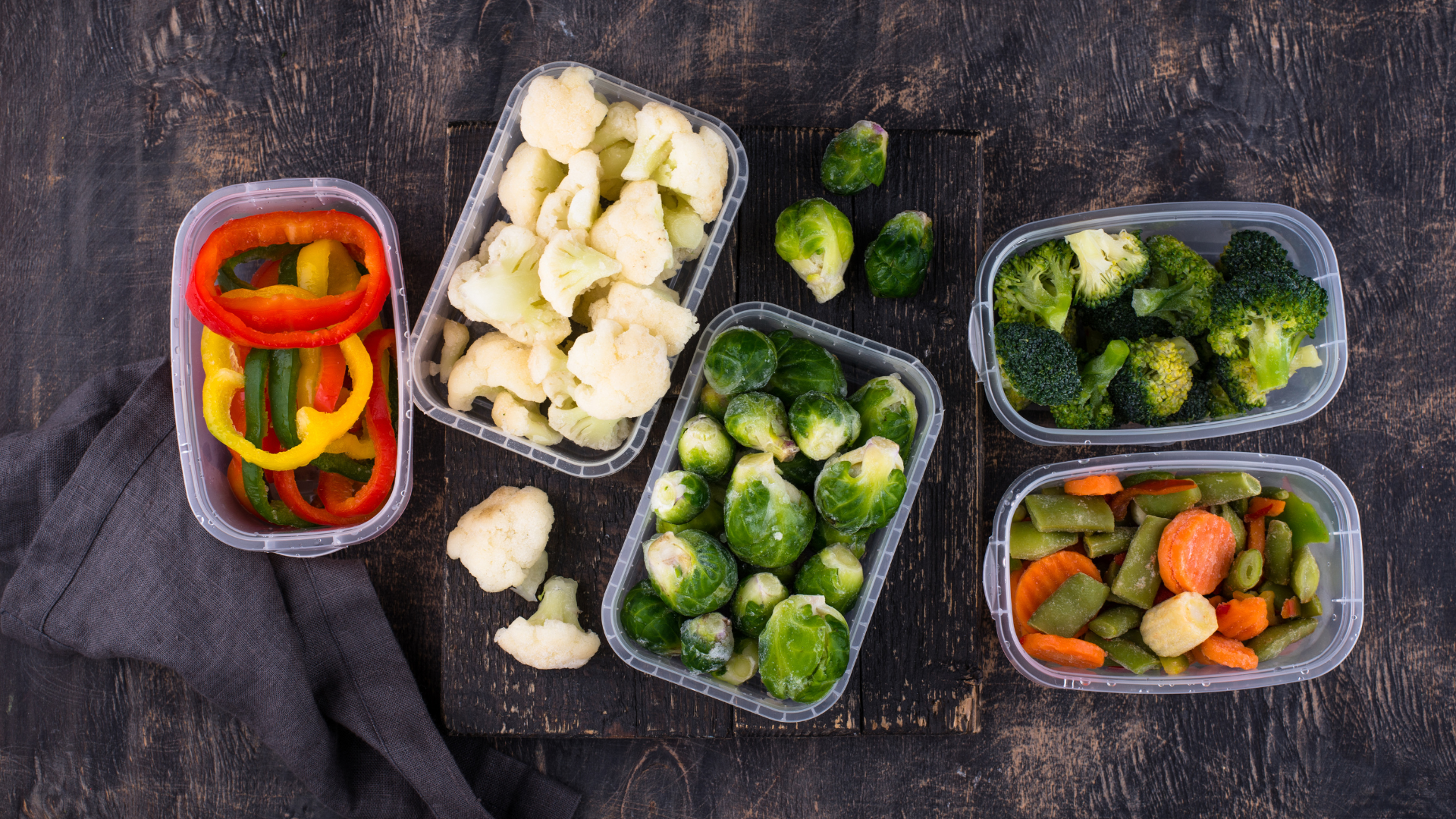
Low Risk Foods
Now you know what to do with high risk foods, it is important that you are aware of what low risk foods are available and how they are a lot safer, especially if you are someone who is sick and needs to make sure that there is a reduced chance of eating any contaminated food that could cause food poisoning.
Not all of these will be classed as healthy, of course, but a good mix of foods is essential, just be aware of what to do when preparing them and be vigilant.
The low risk foods are as follows –
- Preserved foods – smoked or salted fish
- Dry goods – cereals, bread, flour, dried pasta and rice, and biscuits
- Pickled foods – vinegar
- Fermented products – salami and pepperoni
- Canned/tinned food
- High sugar and fatty foods – Jams and chocolate
These foods are very unlikely to cause food poisoning and be classed as high risk foods. It is important though to still take precautions to prevent cross contamination, so do not store these foods open and close to the high risk foods. Bacteria are unable to grow in high concentrations of acid, sugar, and salt as it does not have the abundance of moisture that it is looking for.
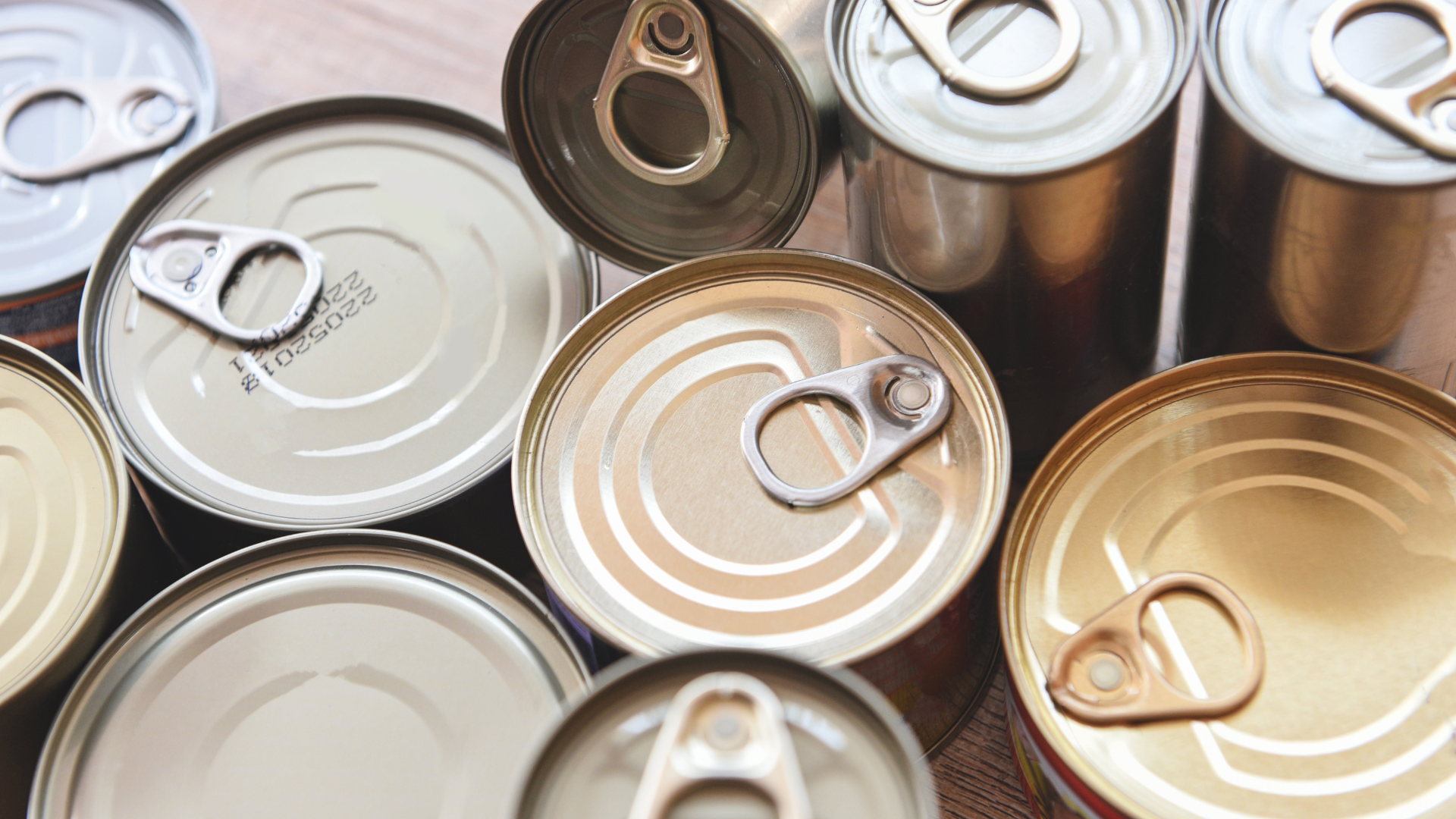
Conclusion
Food safety is incredibly important, especially in the food business. The handling of high-risk food items, such as ready-to-eat food, dairy products, and raw meat requires meticulous attention to detail. The chance of cross-contamination due to poor food hygiene is ever-present, emphasizing the critical need for proper practices in storing food items. For someone who owns a food business, neglecting these crucial aspects can lead to the thriving of foodborne illnesses, putting people at risk. In this context, collaborating with reputed food distributors like international food wholesale, Wanis, or similar businesses can be pivotal.
Working with reputable distributors ensures a reliable source of stock, and maintaining open communication with them is integral to keeping food healthy. Prioritizing food safety measures and including proper storage and handling can help a food business to safeguard the well-being of its customers and establish trust and credibility in the market.
If you are unsure about the food you are preparing, then further cooking can help you kill bacteria and stop the risk in its tracks. Hopefully, you are aware of what the high risk foods are and what you need to do to ensure that you are being safe not only for yourself but others you cook for.
